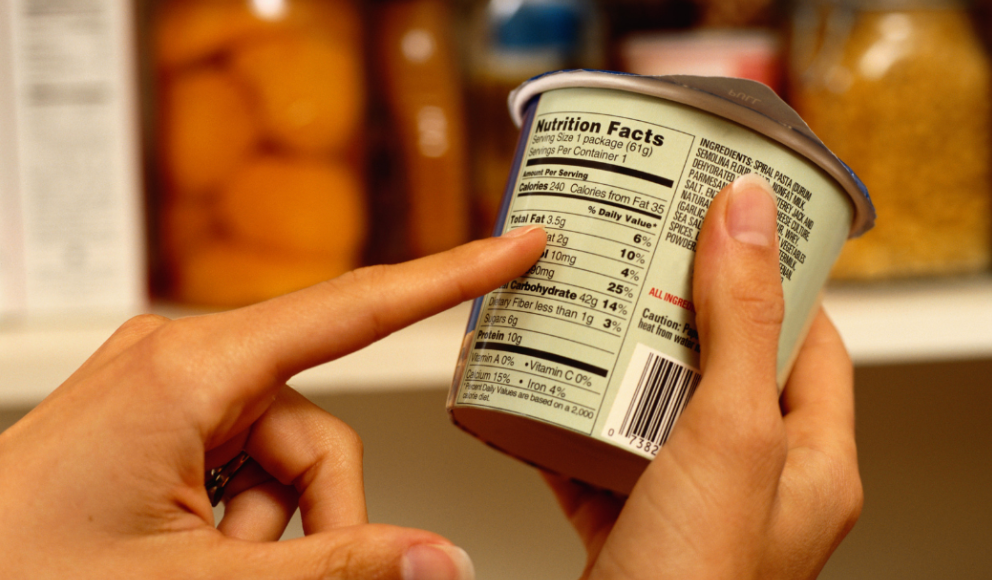Food packaging can be confusing with long ingredient lists, percentages, and numbers everywhere. But once you know how to read labels, they become a powerful tool for making healthier choices. At Youtrition, we break it down step by step so you can shop with confidence.
Why Food Labels Matter
- Help you compare products quickly.
- Show calories, nutrients, and serving sizes.
- Reveal hidden sugars, sodium, and unhealthy fats.
- Put the control back in your hands and not the manufacturer’s.
Step 1: Start with the Serving Size
- All numbers on the label are based on this amount.
- Example: If serving size = 1 cup, but you eat 2 cups, you need to double the numbers for calories, fat, sugar, etc.
Step 2: Check the kcal calories
- Shows how much energy you get per serving.
- Average daily needs: ~2,000 kcal (women), ~2,500 kcal (men) however this varies with age, size, and activity.
- Use calories as a guide, not a restriction.
Step 3: Look at Macronutrients
- Carbohydrates → Check total carbs, fiber, and added sugars.
- High fiber = better. Added sugar = lower is better.
- Protein → Look for higher protein if you want fullness and muscle repair.
- Fat → Favor unsaturated fats. Limit saturated fat. Avoid trans fats.
Step 4: Understand % Daily Value (%DV)
- %DV shows how much of a nutrient one serving contributes to your daily intake (based on 2,000 kcal/day).
- 5% or less = low source.
- 20% or more = high source.
- Example: Fiber 25% DV = great! Sodium 30% DV = too high.
Step 5: Read the Ingredients List
- Ingredients are listed in order by weight.
- Shorter lists with whole foods are usually better.
- Watch out for “hidden sugars” → words ending in -ose (glucose, fructose, sucrose) or syrups.
....Now that might be overwhelming but good thing Youtrition has you covered and does all this on your behalf.
